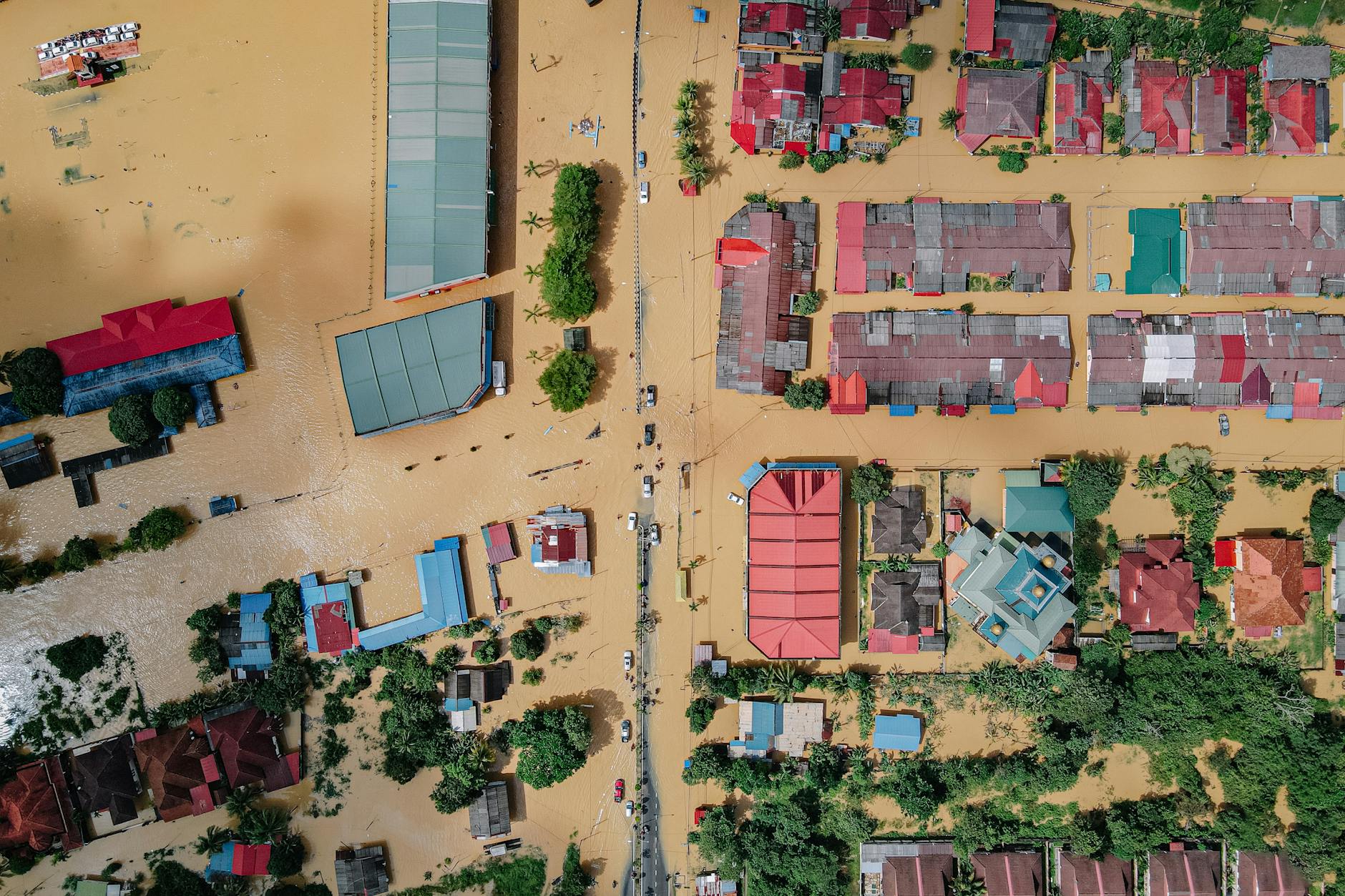Sydney, a vibrant metropolis synonymous with sun-drenched beaches and a bustling urban landscape, often seems far removed from the destructive power of tropical cyclones. Its southerly latitude on Australia’s east coast typically places it outside the direct paths of these formidable weather systems. Yet, to assume Sydney is entirely immune would be a misreading of its climatic history. While direct landfalls are exceedingly rare, the city has, on numerous occasions, experienced significant impacts from the remnants of tropical cyclones or from powerful East Coast Lows whose intensity was amplified by tropical moisture. This article delves into the historical interplay between distant cyclones and Sydney’s weather, examining how these events have shaped the city’s resilience and understanding of its unique meteorological vulnerabilities.
Sydney’s susceptibility to tropical cyclone remnants
While tropical cyclones primarily form and track in warmer waters further north, their reach can extend surprisingly far south, even to Sydney’s doorstep. It is uncommon for Sydney to experience a direct hit from a fully fledged tropical cyclone, as the cooler waters off the New South Wales coast typically cause these systems to weaken rapidly or transition into extra-tropical lows. However, the remnants of these cyclones can still be potent. As they move south, they often retain substantial amounts of tropical moisture and energy, which can then interact with mid-latitude weather systems, such as cold fronts or pre-existing troughs. This interaction frequently leads to the formation or intensification of powerful East Coast Lows (ECLs) off the NSW coast, bringing with them torrential rainfall, damaging winds, and dangerous surf conditions to the Sydney region. The impact, while not from a “cyclone” in the purest sense, directly stems from the tropical origin of the moisture and energy.
Historical events and their echoes
Sydney’s historical record reveals several instances where tropical cyclone activity, often hundreds or thousands of kilometres away, had a profound effect. These events underscore the interconnectedness of Australia’s weather systems. One of the most notable examples occurred in February 1974, when the remnants of Tropical Cyclone Pam, which had tracked well to the north, contributed significantly to a major flood event across Sydney and its catchment areas. The sheer volume of rainfall overwhelmed rivers and stormwater drains, leading to widespread inundation and disruption. Similarly, moisture drawn from distant tropical systems has been a key ingredient in many of the most severe East Coast Lows that have lashed Sydney, exacerbating rainfall totals and leading to more intense flooding than might otherwise occur. The city’s preparedness has gradually evolved as these historical lessons have accumulated.
Below is a table illustrating some events where tropical influence contributed to significant impacts on Sydney:
| Year/Period | Tropical Cyclone Connection | Key Impact on Sydney |
|---|---|---|
| 1954 (Post-Cyclone Hazel) | Remnants/moisture from TC Hazel (Queensland) | Heavy rainfall and widespread flooding in parts of NSW, including Sydney’s catchment areas. |
| 1974 (Post-Cyclone Pam) | Remnants of TC Pam (Coral Sea) | Major flood event across Sydney, extensive inundation, infrastructure disruption. |
| Various East Coast Lows | Moisture drawn from distant tropical systems | Intense rainfall leading to flash flooding, riverine flooding, significant coastal erosion, and damaging winds. |
The multifaceted impact on an urban landscape
The consequences of these indirect cyclone impacts on Sydney are diverse and far-reaching. The most prominent effect is often intense rainfall, which can quickly overwhelm the city’s stormwater infrastructure, leading to flash flooding in urban areas and rising river levels in surrounding catchments. This disrupts transport, damages property, and poses significant risks to public safety. Beyond direct flooding, the prolonged heavy rain can lead to landslips, particularly on steep slopes common in Sydney’s topography. Strong winds, even if not cyclone-force, can bring down trees and power lines, causing widespread outages. Furthermore, the large swells generated by these systems contribute to coastal erosion, threatening beaches, cliffs, and coastal infrastructure, which is a growing concern given Sydney’s extensive coastline and high population density along it. The economic toll, from property damage to business interruption, can be substantial.
Preparing for a shifting climate
Over the decades, Sydney’s approach to managing the threat of cyclone-influenced weather has evolved considerably. Early colonial settlements were largely unprepared for severe weather events, relying on post-disaster recovery. Today, advanced meteorological forecasting, including radar technology, satellite imagery, and sophisticated computer models, provides earlier warnings of significant rainfall and wind events. This allows for better emergency response planning, including flood mitigation strategies, public awareness campaigns, and infrastructure upgrades designed to withstand more extreme conditions. As climate change potentially alters the frequency or intensity of extreme weather events, including the track or moisture content of tropical cyclones, Sydney faces an ongoing challenge to adapt. Continuous investment in resilient infrastructure, improved early warning systems, and community education will be crucial to safeguarding the city against future impacts from these powerful, albeit distant, forces of nature.
In conclusion, while Sydney rarely experiences the direct brunt of a tropical cyclone, its historical meteorological record clearly demonstrates the city’s vulnerability to the far-reaching influence of these powerful systems. From the remnants of cyclones contributing to devastating floods in the 1970s to the consistent enhancement of East Coast Lows by tropical moisture, the impact has been tangible, affecting infrastructure, property, and daily life. The historical perspective highlights that Sydney’s relative geographic safety from direct cyclone landfalls does not equate to immunity from their effects. This understanding has spurred significant advancements in weather forecasting, urban planning, and emergency preparedness. As the climate continues to evolve, maintaining vigilance and investing in adaptive strategies will be paramount for Sydney to mitigate the ongoing, albeit often indirect, threat posed by the powerful forces born in the tropics.
Image by: Pok Rie
https://www.pexels.com/@pok-rie-33563

